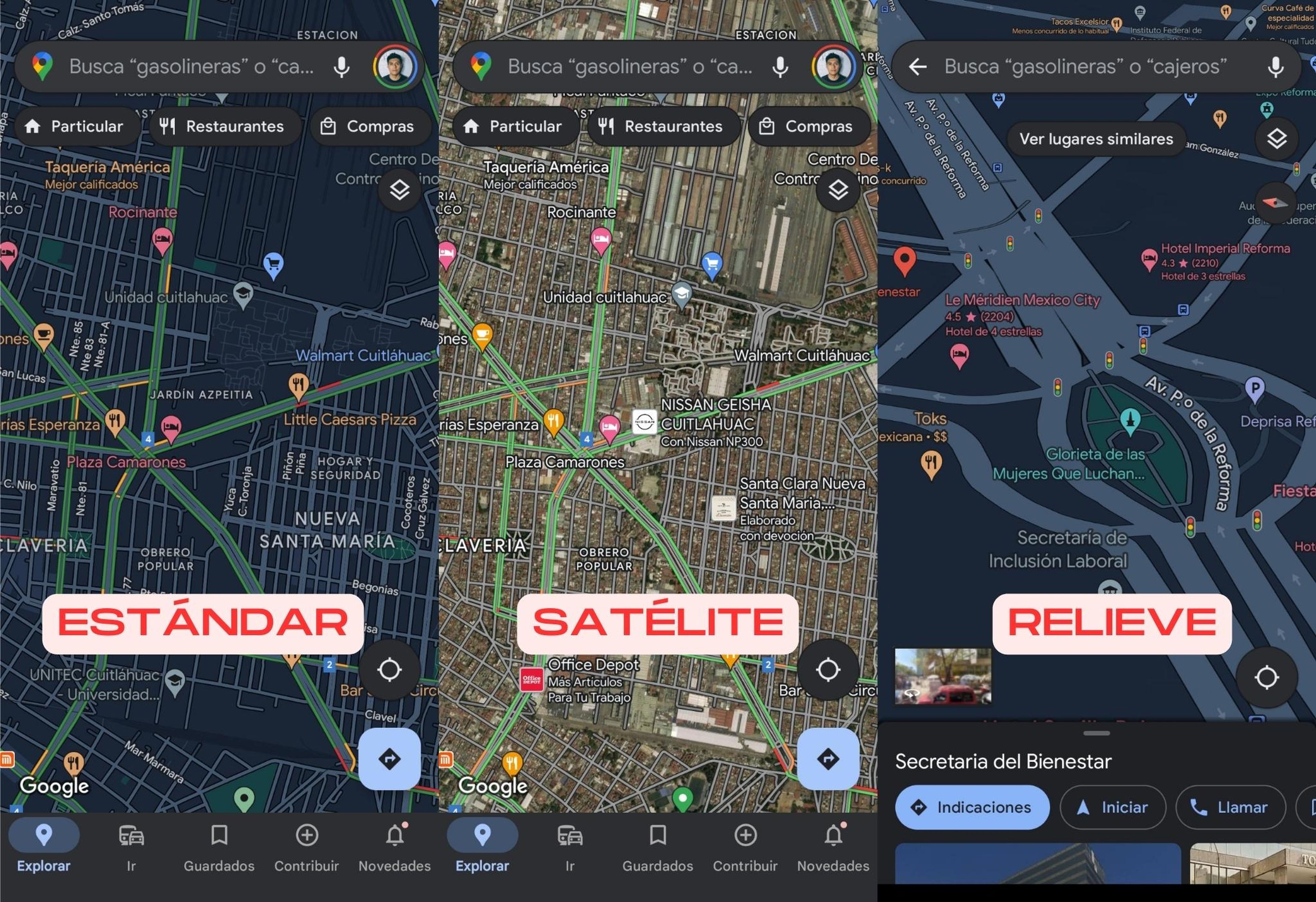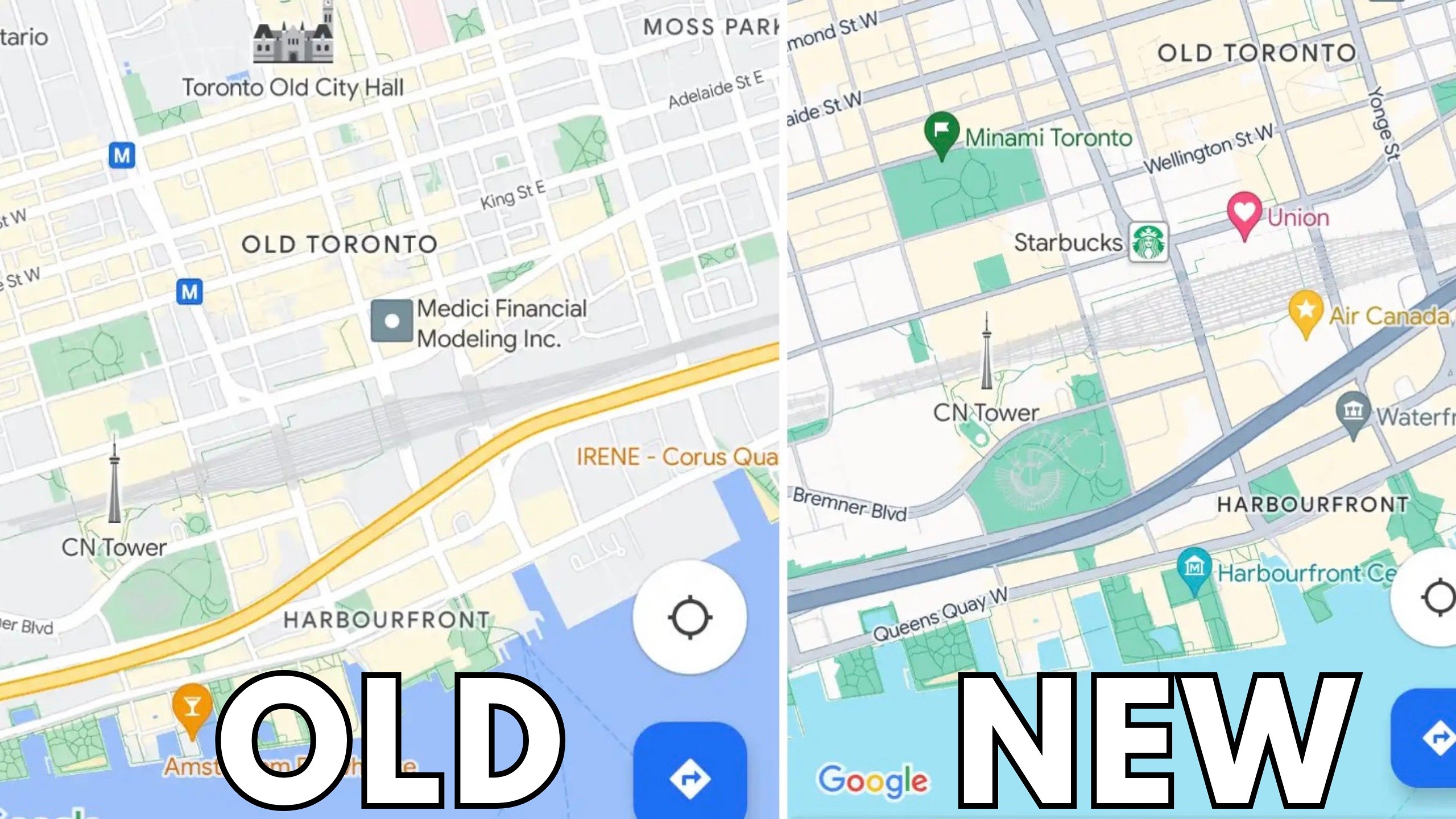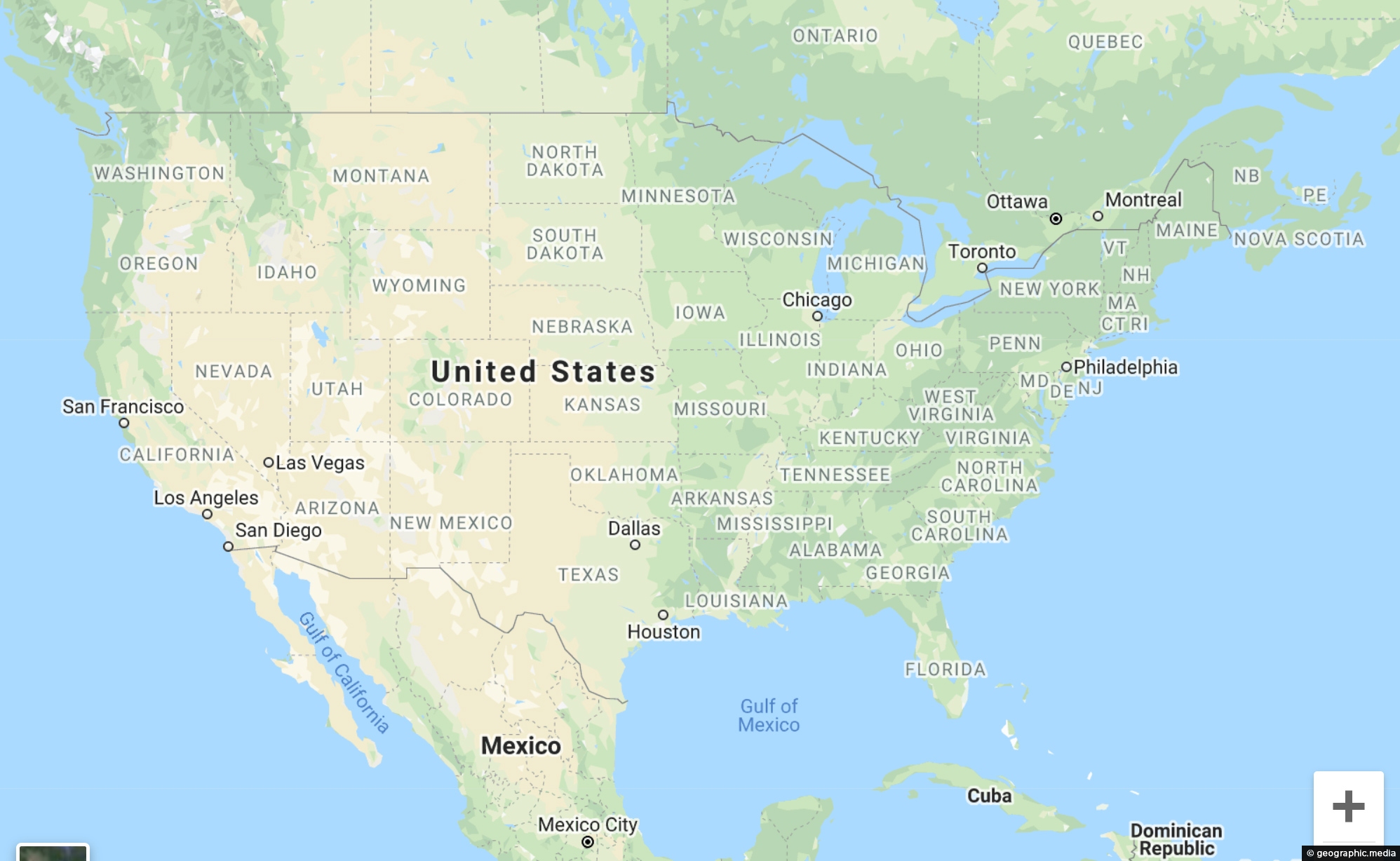
Beyond the Road Atlas: Exploring Native American Land Impacts Through Maps
Our maps tell us where to go, but rarely where we’ve truly been. They guide us along highways and point out national parks, but the lines and labels often obscure a deeper, more complex history etched into the very landscape we traverse. For travelers seeking more than just scenic vistas – for those who yearn for a profound understanding of the lands they visit – there is an invaluable and often overlooked "location" to explore: the interpretive map, which reveals the devastating, enduring impacts on Native American lands. This isn’t a single physical destination, but rather a transformative experience encountered in museums, cultural centers, national parks, and even digital archives across North America. Engaging with these maps is not just a historical exercise; it’s a journey that recontextualizes every road trip, every hike, and every vista.
Imagine standing before a vast, wall-sized map. At first glance, it might look like any other historical document. But as your eyes trace its contours, a different narrative unfolds. Gone are the familiar state lines and county borders. Instead, you see the sprawling territories of indigenous nations before European contact – vast, interconnected lands reflecting millennia of stewardship, cultural practice, and intricate social structures. Then, another map is presented, often right alongside it, or layered digitally: the same land, but now fragmented, crisscrossed by arbitrary lines, shrinking with each successive treaty, each act of legislation, each wave of settlement. This visual juxtaposition is a gut punch, an immediate and undeniable testament to loss on a staggering scale. This is the heart of the "place" we are reviewing – the immersive, often heartbreaking, yet ultimately enlightening experience of confronting these maps.
The power of these maps lies in their stark clarity. They transcend the abstract language of treaties and legal documents, making the historical narrative tangible. We see the vastness of the Osage Nation’s ancestral lands, then their reservation reduced to a fraction, followed by further allotment and the notorious "checkerboarding" of land ownership that made economic and cultural cohesion incredibly difficult. We track the infamous Trail of Tears, not as a vague historical event, but as a forced march across specific, identifiable geographical features, from homelands in the Southeast to a designated "Indian Territory" far to the west. The maps lay bare the systemic dispossession, the broken promises, and the sheer audacity of land grabs.

Where does one encounter this profound "location"? The opportunities are manifold and deeply impactful:
1. Tribal Museums and Cultural Centers: These are arguably the most authentic and vital places to engage with maps showing Native American land impacts. Institutions like the Heard Museum in Phoenix, the National Museum of the American Indian in Washington D.C. and New York, or smaller, tribally-run museums across the country (e.g., the Cherokee National Museum in Oklahoma, the Mashantucket Pequot Museum in Connecticut) offer meticulously curated exhibits. Here, maps are often presented with accompanying oral histories, artifacts, and contemporary artwork, grounding the historical data in living culture. You might see a map depicting traditional hunting grounds and sacred sites alongside a modern map of the tribe’s current, often much smaller, reservation. The narratives are told from an indigenous perspective, offering invaluable insights into resilience, adaptation, and ongoing sovereignty. The experience here is not just about looking at a map; it’s about listening to the land through the voices of its original caretakers.
2. National Parks and Historical Sites: Many of the United States’ most cherished natural and historical landmarks sit on ancestral Native lands. Progressive national parks and monuments are increasingly incorporating indigenous perspectives into their interpretive materials. Visitor centers at sites like Mesa Verde National Park, Chaco Culture National Historical Park, or even those along the Lewis and Clark Trail now feature maps that illustrate pre-contact indigenous presence, historical land use, and the specific tribes dispossessed to create these parks. These maps often highlight traditional place names, trade routes, and areas of spiritual significance, offering a stark contrast to the modern park boundaries. Encountering these maps in the very landscape they describe creates a powerful, immediate connection to the past. Suddenly, a beautiful vista isn’t just scenery; it’s a testament to ancient civilizations, forced removal, and ongoing cultural survival.
3. University Archives and Digital Mapping Projects: For those who cannot travel widely, or who wish to delve deeper, academic institutions and non-profit organizations have created incredible digital resources. Websites like Native Land Digital (native-land.ca) allow users to input any location and see which indigenous territories historically occupied that land. These interactive maps often include links to tribal histories, languages, and contemporary issues. University libraries often host extensive collections of historical maps, including rare treaty maps, allotment maps, and early surveys that reveal the mechanisms of land transfer. Engaging with these online resources offers a powerful, accessible way to understand the indigenous history of your own backyard, or any place you plan to visit, even before you set foot there.

4. Public Art and Memorials: Increasingly, public spaces are integrating maps and land-based art to acknowledge indigenous history. From murals depicting ancestral territories to memorials that use geographical outlines to represent lost lands, these artistic expressions serve as constant, public reminders of the impacts. While not always detailed "maps" in the cartographic sense, they use geographical forms to evoke the same powerful message, encouraging passersby to consider the deeper history of the ground beneath their feet.
The experience of engaging with these maps is profoundly emotional. There’s often a sense of deep sadness and outrage at the injustice, the broken treaties, and the systematic destruction of cultures tied inextricably to the land. But there is also immense inspiration. The maps, while detailing loss, simultaneously highlight the incredible resilience of Native American peoples. They demonstrate a tenacity of culture, language, and identity that has persisted despite centuries of relentless pressure. Seeing the smaller, current boundaries of reservations on a map, knowing the immense challenges faced within them, yet understanding the vibrant communities that thrive there, is a powerful lesson in survival and self-determination.
For the conscious traveler, encountering these maps transforms the very act of travel. It shifts our perspective from that of a mere tourist to a more informed, empathetic guest on someone else’s ancestral lands. It compels us to ask critical questions: Whose land is this, truly? What stories has this landscape witnessed? How can I be a more respectful visitor?
This "location" – the interpretive map revealing Native American land impacts – is not about dwelling solely on past injustices, though acknowledging them is crucial. It’s also about understanding the present. Modern maps, when overlaid with historical ones, illustrate ongoing issues: the fight for water rights, the impacts of resource extraction on sacred sites, the ongoing efforts for land back and cultural revitalization. They show how the lines drawn centuries ago continue to shape contemporary lives, economies, and political struggles.

Ultimately, reviewing this "location" is about advocating for a more complete, honest understanding of North American history. It’s an invitation to travelers to transcend the superficial, to look beyond the paved roads and picturesque views, and to seek out the deeper narratives embedded in the land. When you next plan a journey, seek out these maps. Visit the tribal museums, read the interpretive panels in national parks, explore the digital archives. Let these powerful cartographic documents be your guide to a history that has too long been marginalized, and in doing so, enrich your understanding of the continent, its people, and your place within its ongoing story. It’s a travel experience unlike any other, promising not just new sights, but a fundamentally new way of seeing.



